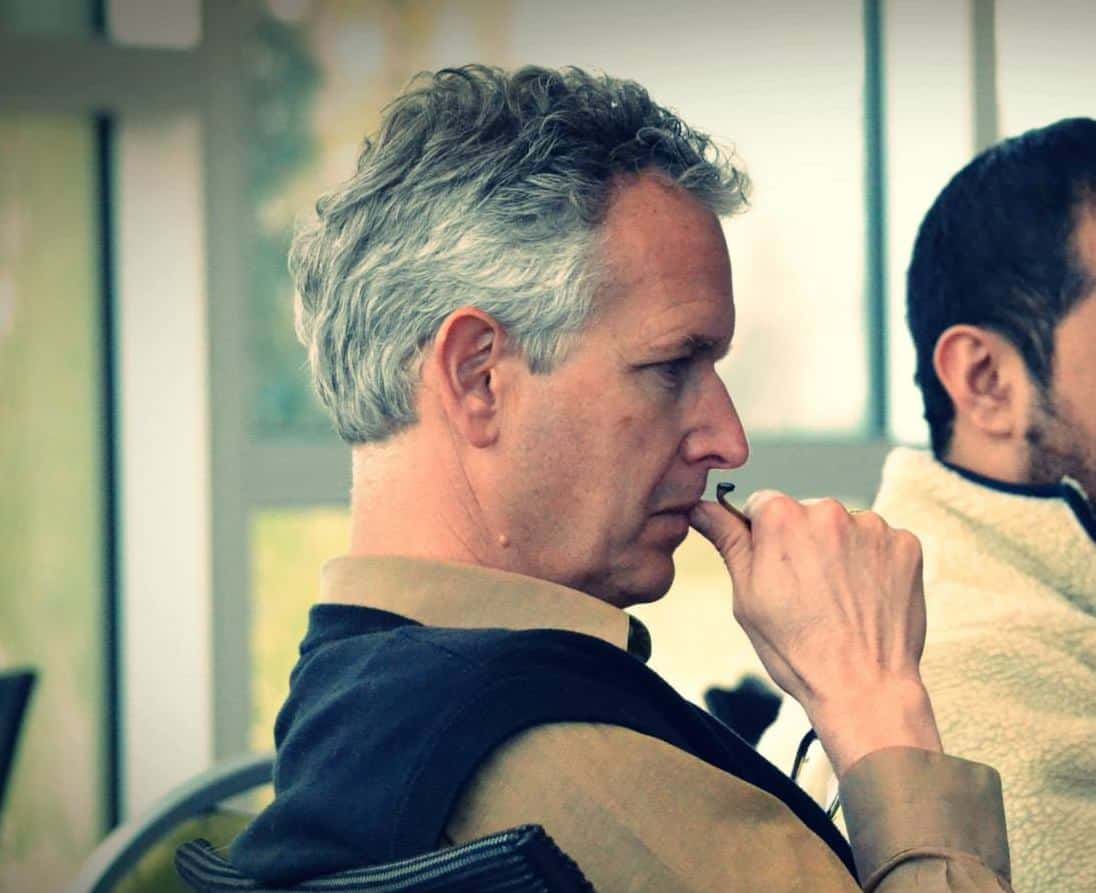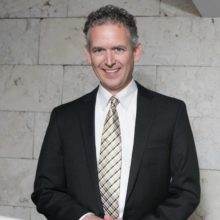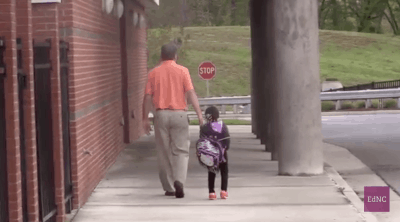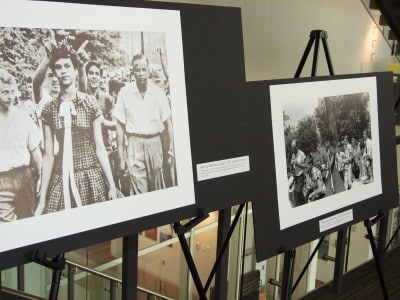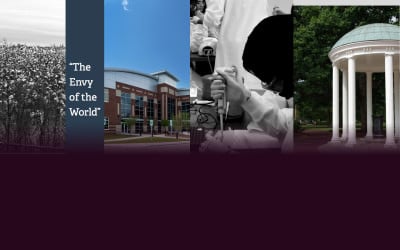Imagine you’re at your annual physical, chit chatting with your doctor. After sharing a bit about the virtual collaboration work you’ve been pursuing as a teacher, something that has allowed you to grow your skills and learn from your peers, you discover she doesn’t value the same type of collaborative teamwork with her peers. It fact, she makes it quite clear that she not doesn’t even feel it necessary to ask others for opinions on healthcare decisions for her patients! I’m not sure about you, but that would be my last visit to this doctor.
Fortunately, this example is far fetched for most professionals. Collaboration among medical experts is a routine norm and expectation, as is the case for architects, lawyers, artists, and other professionals. This was certainly true in my previous career as an engineer, where it was a routine expectation that I periodically visit colleagues in other locations. It was also a career taboo to “reinvent the wheel” by working on a problem that someone else had already solved.
The fact is that this type of peer-to-peer collaboration, as opposed to traditional training workshops or classes, is how one grows in his or her profession—not by going it alone but by sharing ideas with experts in the same field.
Rather than attending workshops or classes, many professionals would argue that the best way for someone to improve his or her capacity is to spend one-on-one time with an expert in the same field—watching, listening, questioning, and learning.
Why then, do we pursue so little peer-to-peer collaboration in education?
Because this was one of the most striking differences I have found between my career in the private sector and my current career in public education, it should come as no surprise that I have worked hard to try and change the professional development situation at my school. With the support of my teaching colleagues, we have been able to establish a strong culture of collaboration through weekly critical friends meetings, lesson study, and routine informal classroom observations.
Seeing the impact of such efforts in expanding innovative teaching and learning methods, finding successful interventions for at-risk students, and enabling cross-curricular projects has allowed my peers and I to become better teachers for our students. My desire to spread the impact of peer-to-peer collaboration is now driving a project I am coordinating in Western North Carolina as a Hope Street Group National Teacher Fellow.
We all know that North Carolina has many pockets of teaching excellence, where students are provided a rich environment of innovative, student-centered teaching and learning. With the support of these master teachers, students are developing a solid mastery of content knowledge as well as the skills that are essential in today’s global, knowledge-based economy—skills that are also integrated into North Carolina’s Career and College Ready Standards. So I wanted to know: What if we could partner these teachers with peers who have a strong desire to improve their teaching capacity in a more effective manner than traditional “sit and get” training?
The “Scaling the Pockets of Excellence in Western North Carolina” project does just that. It deliberately matches teachers who want to reach new levels of knowledge and expertise with classroom peers who are recognized as teacher leaders, doing so in a very pragmatic, low-cost manner.
The pilot phase of the project was initiated in December at the North Carolina Center of the Advancement of Teaching (NCCAT) and included four participating districts: Buncombe, Cherokee, McDowell, and Swain Counties. Each district provided one “pocket of excellence” teacher and one “emerging innovator” teacher, as well as a project coordinator to oversee the work at a local level.
For example, Richard, a science teacher from Owen High School in Buncombe County, traveled to McDowell County High School to visit Jessica, his project partner and fellow science teacher. The two spent a full-day of in-classroom, teacher-to-teacher sharing and professional learning. This was followed a few weeks later with Jessica visiting Richard for another full-day “immersion session.” They then developed a formal plan to ensure what they had learned was implemented in their respective classrooms and schools, thus scaling effective teaching and learning so it affected more students at both schools.
As the pilot phase of the project winds down this spring, I will work with the participating teachers, project sponsors, and higher education partners from Western Carolina University to validate the work with data and artifacts, ideally justifying the scaling-up of the work to other areas of the region and state. In doing so, we can offer districts a practical alternative to large-scale “one-size-fits-all” training that often falls short of expectations.
Is this project a magic bullet that will solve the problems schools and districts face with professional learning? Of course not. It is, however, based on a model that has proven to be effective across many professions—including teaching.
This kind of professional development for teachers, by teachers has the power to transform the state’s isolated pockets of excellence into an entire ecosystem of creative, engaging teaching and learning that enables North Carolina’s students to truly be ready for the challenges of the 21st century.
What can you do today to tap into the experiences of colleagues at your school, in your district, and in your region? There is no reason why “reinventing the wheel” should be any less of a performance issue in education than it is in industry. Let’s work together to make this kind of rich, peer-to-peer an expectation of our profession.
